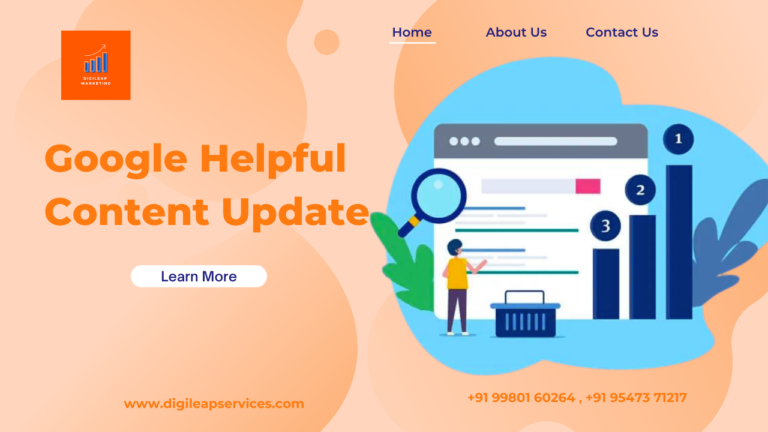What is A/B Testing? Your Quick Guide!
A/B Testing commonly called split testing, refers to a method of experimenting where two or more versions of a variable (blog, web page, page element, etc.) are positioned before different segments of website audiences at the same time to determine which version leaves a more significant impact and drives business parameters.
The process helps to do away with guesswork and assumption when it comes to zeroing in on what worked and what did not. Website creators are able to have data-driven approaches to decision-making. In ‘A/B’, A refers to ‘control’ or the variable originally tested, while B refers to ‘variation’ or a new version of A. The version which yields better metrics is what creators go with, and this decision helps them to maximize outreach and increase ROI of the business. The metrics driving the conversions will be unique for each website, brand, product, and business strategy.
A/B testing is one of the crucial parts of the larger process of Conversion Rate Optimization (CRO), it further helps to study user behavior, buying patterns, pain points, engagement rate, and results of modifications on the website page(s).
How it Works
In an A/B Test, a webpage or app screen can be taken as an experiment and modify it to create a second version. The change could be a complete change of wording, a single headline, a button or CTA, or even the page design. Then, a part of web traffic will be shown the original version, while the other part will be exposed to the variation.
As visitors view either of the two versions, their engagement with each experience can be measured and collected, after which an analysis can be done to arrive at a statistical inference. Creators can determine whether the change had a positive or a negative impact or if there was a neutral effect on visitor behavior.
Why is A/B testing beneficial
In today’s era of B2B businesses and the expansion of technology, brands are dealing with a high cart abandonment rate. This means that customers visit their websites, but the visit does not end with a sale. In the same way, media and publishing houses are struggling with low viewership rates. Some of the reasons why A/B Testing is beneficial are listed below.
- Solving pain areas of customers: Viewers come to a website with a goal in mind. It could be buying a product, knowing more about it, reading about a specific topic, or simply browsing. Whatever it may be, they may face some challenges or confusion. The lack of fullfilment can lead to a bad user experience. A/B testing helps resolve these through the data gathered by placing different alternatives in front of potential buyers.
- Improved ROI: Most brand owners acknowledge the fact that there is a cost attached to acquiring quality website traffic. A/B testing helps to do away with those additional costs by giving businesses a clear picture of what could work and helping eliminate what would not.
- Make modifications with no risk: Implementing minor changes on a web page, as per the findings of the A/B testing, will be less risky compared to redesigning everything on the website. Testing and making changes can prove beneficial in the long run. Maximum output with minimal modifications can help achieve the desired ROI.
What can be A/B tested?
The following key elements can be put to test and accordingly positioned before the audience:
- Headings- A few versions of these, for example, can be made to check if the audience prefers something direct and informative or catchy and creative.
- Body copy- The textual content should capture the interest of the audience. Modify formatting and writing style to appeal to the different requirements of varying audiences.
- Subject lines- Email copies can also be A/B tested to determine which were able to drive more conversions and CTAs.
- Design- Visual appeal matters too, so different versions can be made to identify what kind of designs appeal to the viewers.
- Navigation- Design a few versions of how the website will flow from one page to another. This will give insight into how easy or user-friendly the versions were and which were better preferred by the viewers.
- CTA- This is where all the action takes place! The placement of CTA buttons, their design, and their text- all impact the conversion rates.
DigiLeap Marketing Services Pvt Ltd., with its experienced team of web and graphic designers, content managers, and writers, can provide you with tailor-made A/B testing that suit your business needs. Together we can help you create different versions of your deliverables based on past data and with a result-oriented approach. Reach out to us today at www.digileapservices.com.












